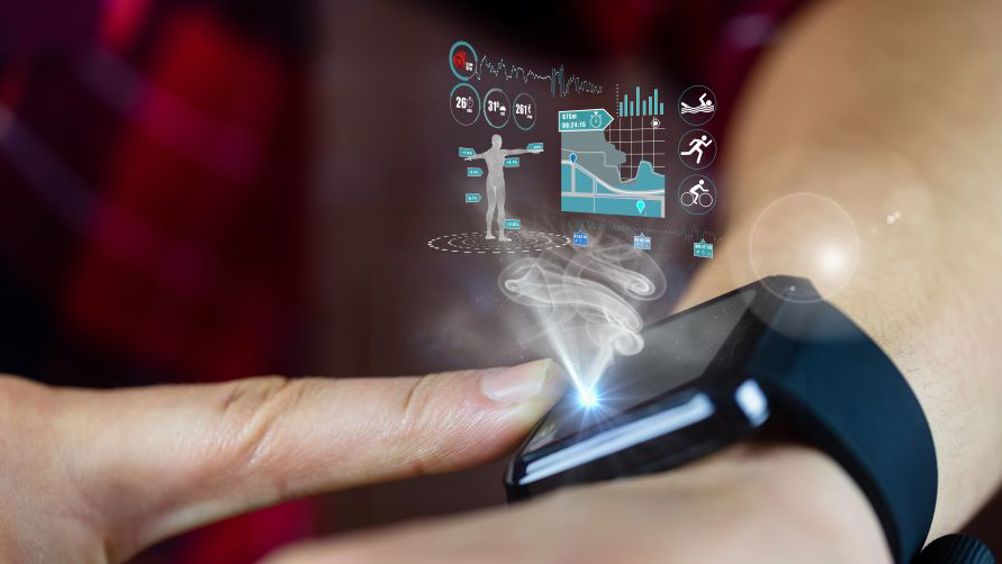Smart watch data identifies Parkinson’s disease before symptoms appear
Artificial intelligence has been used to analyse accelerometry data gathered by smart watches to identify Parkinson’s disease up to seven years before symptoms appear, new UK DRI research reveals.

For this study, scientists analysed data collected by smart watches over a 7-day period, measuring participants’ speed of movement. They found that by utilising artificial intelligence (AI), they could accurately predict those who would go on to develop the disease.
The researchers said this could be used as a new screening tool for Parkinson’s disease, which would enable detection of the disorder at a much earlier stage than current methods allow. The study was led by scientists at the UK DRI and Neuroscience and Mental Health Innovation Institute (NMHII) at Cardiff University. Their findings are published in Nature Medicine.
Parkinson’s affects dopaminergic neurons that are found in the substantia nigra area of the brain. It causes motor symptoms such as tremor, rigidity (stiffness), and slowness of movement. By the time these symptoms of Parkinson’s begin to show, and a clinical diagnosis can be made, more than half of the cells in the substantia nigra will already have died.
Register now to continue reading
Thanks for visiting The Engineer. You’ve now reached your monthly limit of news stories. Register for free to unlock unlimited access to all of our news coverage, as well as premium content including opinion, in-depth features and special reports.
Benefits of registering
-
In-depth insights and coverage of key emerging trends
-
Unrestricted access to special reports throughout the year
-
Daily technology news delivered straight to your inbox










Water Sector Talent Exodus Could Cripple The Sector
Maybe if things are essential for the running of a country and we want to pay a fair price we should be running these utilities on a not for profit...